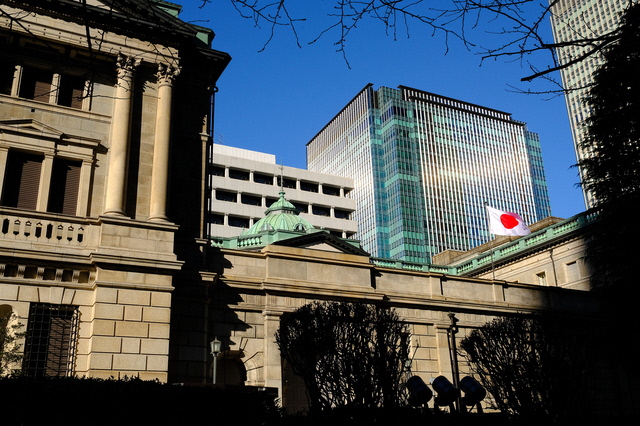OSE Derivatives
BOJ will scale down ultraloose policy this year: analyst survey

The Bank of Japan will curtail its ultraloose monetary policy in some fashion by the end of the year as the central bank undergoes a changing of the guard, analysts predicted in a Nikkei survey.
All 20 BOJ watchers polled said the bank will likely revise the yield curve control tool sometime this year. Answers were evenly split between whether the course correction will happen in the first half of the year or the second half.
The Japanese government on Tuesday officially nominated Kazuo Ueda to take over as BOJ governor from incumbent Haruhiko Kuroda, whose current five-year term ends in early April.
“The yield curve control system is buckling,” said Yuichi Kodama, chief economist at the Meiji Yasuda Research Institute. “It’s realistic to expect a correction under the new leadership.”
Eight analysts said the BOJ will move to abolish yield-curve controls for Japanese government bonds in one fell swoop. “A minor adjustment only stalls for time,” said Seisaku Kameda, principal at Sompo Institute Plus and the BOJ‘s former chief economist.
Seven analysts said the ceiling on the long-term JGB yields will be lifted beyond the current level of around 0.5%. Five analysts said the bank will redirect the yield curve control on five- or two-year JGBs instead of the benchmark 10-year notes.
The BOJ “will likely implement the changes this summer before economic conditions in the West deteriorate to give themselves some allowance to engage in easing again,” said Nobuyasu Atago, chief economist at Ichiyoshi Securities.
A majority of analysts said the BOJ will exit from the yield curve control in the foreseeable future. Ten said such a move will happen this year while four analysts anticipate it will happen next year. One analyst predicted the withdrawal will occur in 2025 or later.
To prevent a sharp jump in 10-year yields, the BOJ “will announce an extension of the bond buying and the negative interest rate policy,” said Masamichi Adachi, chief Japan economist at UBS Securities.
Most analysts predicted the exit from the negative rate policy will occur later than the yield curve control exit. Fourteen analysts said the BOJ will not unwind negative rates any sooner than 2024. Only four place the date at sometime this year.
The negative rate policy “is having a negative effects on financial intermediary functions, so I suspect [the BOJ] will perform a comprehensive review in the latter half of 2024 before abolishing it,” said Kazuo Momma, executive economist at Mizuho Research & Technologies.
Some analysts expected the BOJ to start moving to sell exchange-traded funds or transfer assets.
“Balance of holdings could potentially be shifted to other institutions during the latter half of [Ueda’s] term,” said Izuru Kato, president at Totan Research.
A possible modification to the joint statement first issued by the government and the BOJ in 2013 is also a possibility.
“We’ll need to have discussions with the new BOJ governor that includes whether or not to revise” the joint statement, said Prime Minister Fumio Kishida.
Fifteen analysts predicted the joint statement will be revised this year. The 2% inflation goal, which the 2013 document said should be achieved as soon as possible, “will be set as a medium- to long-term target,” said Takahide Kiuchi, executive economist at Nomura Research Institute.
However, “revisions every time the government or the BOJ change leadership is unhealthy,” said Kiichi Murashima, Japan economist at Citigroup.
Related links
The English translations provided through this service are the result of automatic and mechanical translation of contents written in Japanese and created by Nikkei or licensed by a third party, by an automatic translation system provided by a third party after certain processing of the contents by Nikkei. Nikkei disclaims all warranties, express or implied, related to the English translations, including any warranty of accuracy, reliability, validity and fitness for a particular purpose. Users shall use this service with the full understanding that it employs an automatic translation system that automatically and mechanically recognizes and analyzes information and outputs the results.
The English translations provided through this service are the result of automatic and mechanical translation of contents written in Japanese and created by Nikkei or licensed by a third party, by an automatic translation system provided by a third party after certain processing of the contents by Nikkei. Nikkei disclaims all warranties, express or implied, related to the English translations, including any warranty of accuracy, reliability, validity and fitness for a particular purpose. Users shall use this service with the full understanding that it employs an automatic translation system that automatically and mechanically recognizes and analyzes information and outputs the results.





